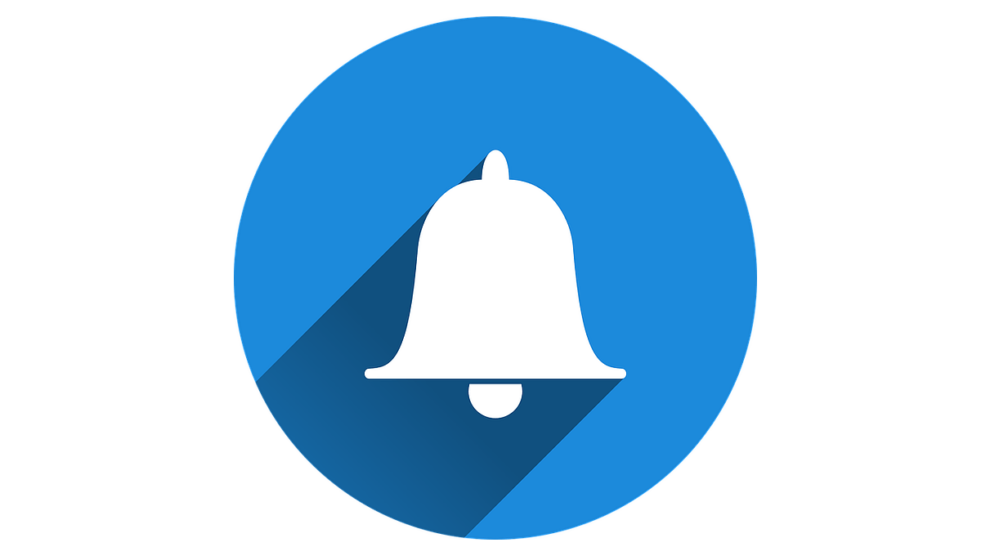In the past, people searched online for information. These days, people expect information to be delivered to them instantly.
Push notifications are perhaps the best example of this shift. They were rolled out with iOS 3.0 in 2009 and are one of the standards for delivering content.
This marketing tactic allows companies to “push” short messages directly to a consumer’s phone, similar to the way they’d receive an SMS message, instead of emails.
Ecommerce businesses have proven highly successful using this strategy for marketing campaigns.
For example, Urban Airship conducted a six-month analysis of 2,400 apps and 500 million app push notifications and found that, depending on the industry, 35% to 50% of consumers enable push notifications on their mobile devices, illustrating the huge reach of push notifications.
It is even better for small businesses because users that receive push notifications are twice as likely to stay on the application that is sending them. With a platform notorious for its competitive environment, an increase in app longevity is sure to boost the business’ cash flow.
So, you want to effectively use push notifications for your business? Here are 5 things you need to keep in mind:
1. You can push to mobile or desktop
Push notifications are traditionally a marketing tactic for mobile devices, but a few years after their introduction, Windows, Safari, and Chrome all added push notification capabilities to their browsers, and this past spring, Chrome’s native push notifications became compatible with Apple’s OS X.
What this means is that push notifications are quite versatile, and you no longer need to worry about mistakes in app design and ballooning budgets unless building an app actually makes sense for your business. Instead, you can now push to customers in the way that suits your platform and business goals best.
2. Always ask consumers to opt-in
Except for Android devices (which automatically receive push notifications), you have to ask users to opt in and accept your push notifications in order for them to receive them.
When a user or visitor opens an app or visits a website for the first time, it’s standard to ask if they’d like to opt in. However, there are ways to stand out in this process and grow your opt-in rate.
To incentivize them, tell consumers a bit about the type of content they will receive from your push notifications, whether it’s discounts, sales, coupons, or new announcements and products.
To segment your audience (more on that below), allow users to opt in for specific types of push notifications, and ensure that they receive only the content they will be interested in reading. After all, a push notification is useless if it pushes the wrong information to people.
3. You will need a great copy
Great copy is essential for any marketing campaign, but with push notifications, marketers only have 40-65 characters to get their message across, depending on screen size.
With such limited space, every space and punctuation mark matters, which is also why it’s important to have a unique and memorable brand name for your business. If you want your notification to stand out, you should provide specific information, such as: Is there an ongoing sale? Would this particular consumer be interested in a new product?
Bring your customers to the point of purchase with a call to action and a link to more information.
In order to generate interest in your app or website, you should use great copy to grab their attention.
4. Have a good sense of frequency
It’s easy to get overzealous when it comes to push notifications. Everyone has that friend who sends too many texts, and that sensation of annoyance gets amplified for businesses.
In fact, around 62% of consumers feel overwhelmed by the number of push notifications they receive, so be careful not to overdo it.
Some researchers recommend 3 push notifications a week, but that number will vary from business to business. Experiment with different volumes of push notifications and track analytics with a tool like Mixpanel in order to strike the right balance for your user base.
5. Segment your users
It’s a classic marketing rule that segmenting your marketing campaign and creating highly targeted audience lists will lead to better conversion rates.
To better engage your users, create different push notification campaigns that target specific behaviors and histories. 54% of consumers converted from a segmented push notification, compared to 15% for broadcast messages, according to Localytics.
Considering that push notifications are dependent on the send-time, marketers should pay attention to time-zones and location when they decide to push a message.
One way you can reach consumers is through geo-fencing, so that you can push the right message at the right time.
Your business can reach consumers directly with push notifications. With such a personal platform, you need to be careful to provide clarity and utility as well as reach consumers when the time is right.
Start your campaign with these tips and you will find that your audience will respond well to the appropriate number of notifications.
In addition to push notifications, what else do businesses need to know? Let us know what you think!





